Genetics Trace the Living Descendants of China’s Ancient Hanging Coffin Culture
Published in Social Sciences, Arts & Humanities, and Philosophy & Religion
Hanging Coffins — wooden caskets suspended from cliffs — are one of the most enigmatic burial customs in East & Southeast Asia.
But who practised them?
And did their descendants survive?
This new genomic study finds out.
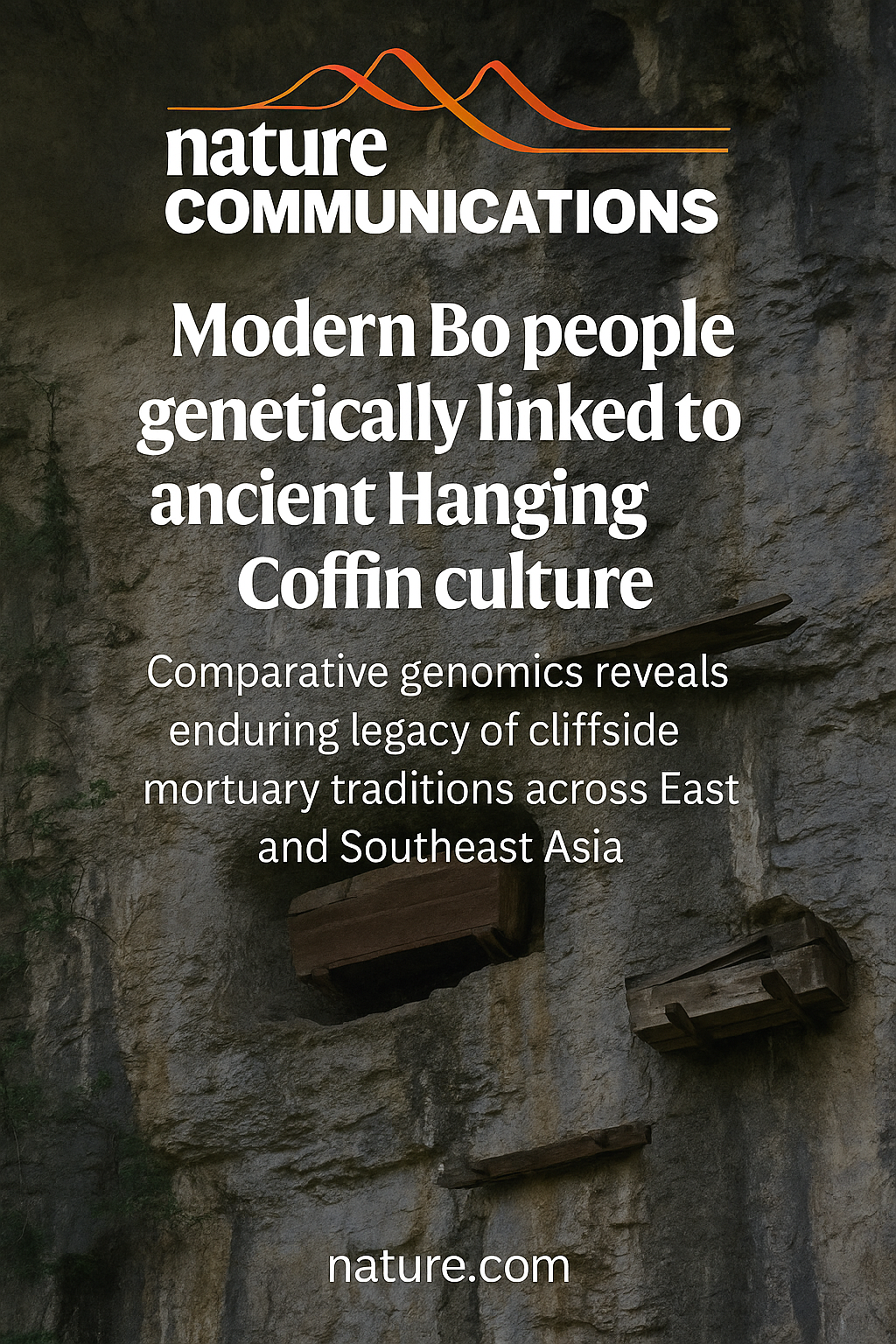
Researchers sequenced DNA from:
🧬 15 ancient individuals from cliff-burial sites (China & Thailand)
🧬 30 present-day Bo individuals from Qiubei County, Yunnan
Result: up to 79% shared ancestry
A direct line from past to present.
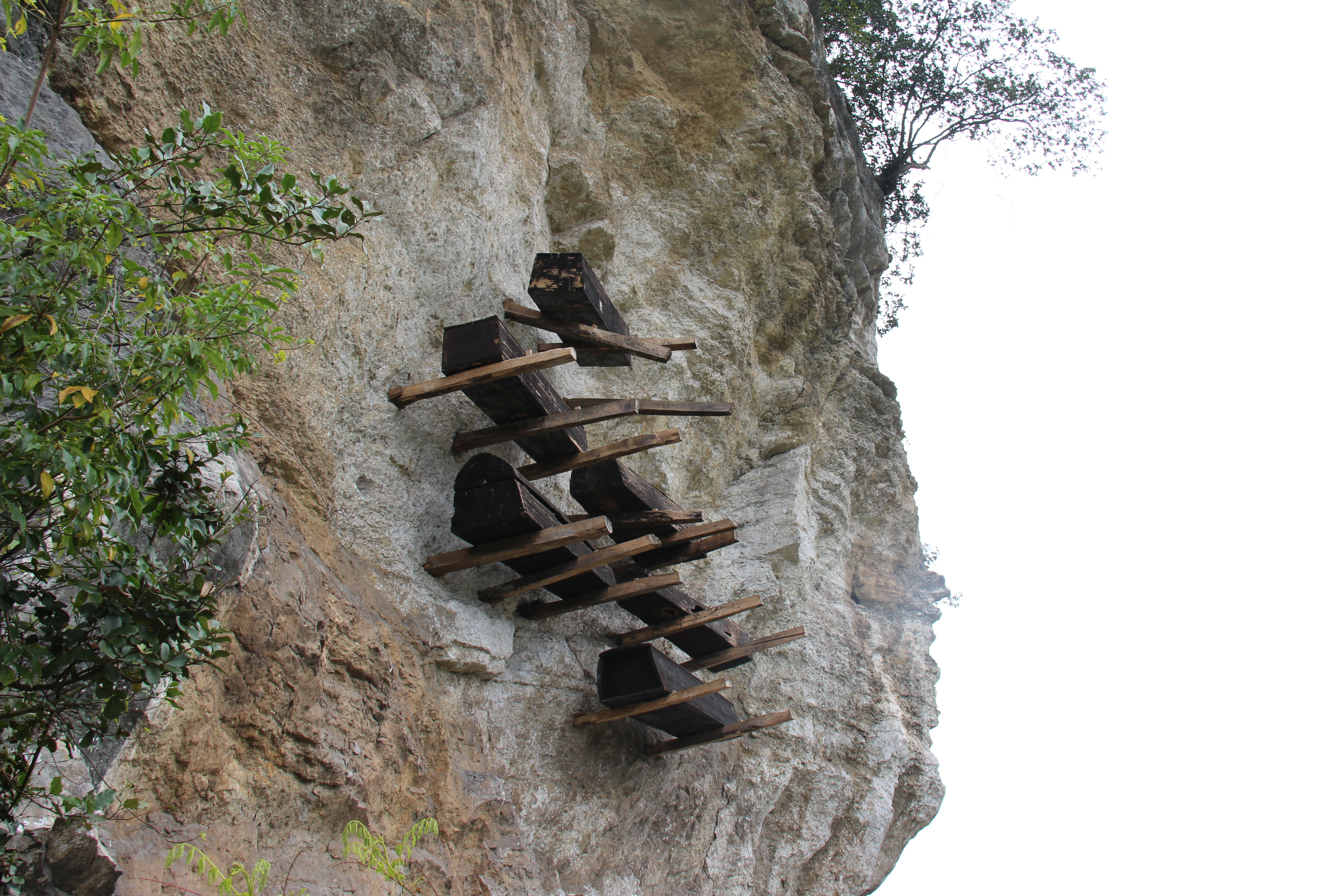
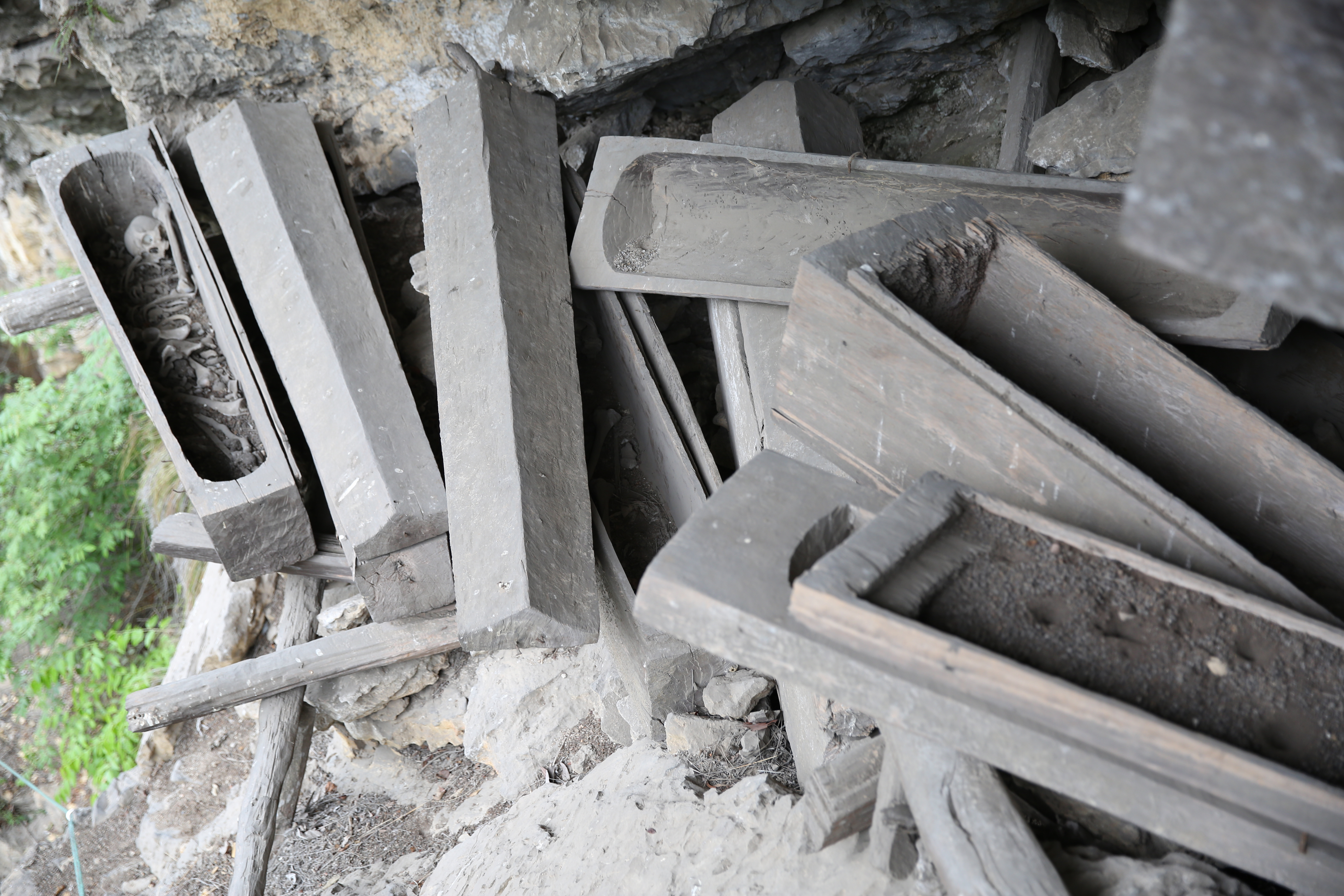
The Bo, now classified under the Yi nationality, still practise a ritual known as “soul cave burial” — placing spirits in ancestral caves.
Could this be a cultural echo of the ancient Hanging Coffin tradition?
The evidence suggests: yes.

The tradition likely began ~3,600 years ago in the Wuyi Mountains (SE China), spreading west to Yunnan & south into Thailand and Laos.
The genetic signal follows the same path.
Not just cultural diffusion — but demic migration.
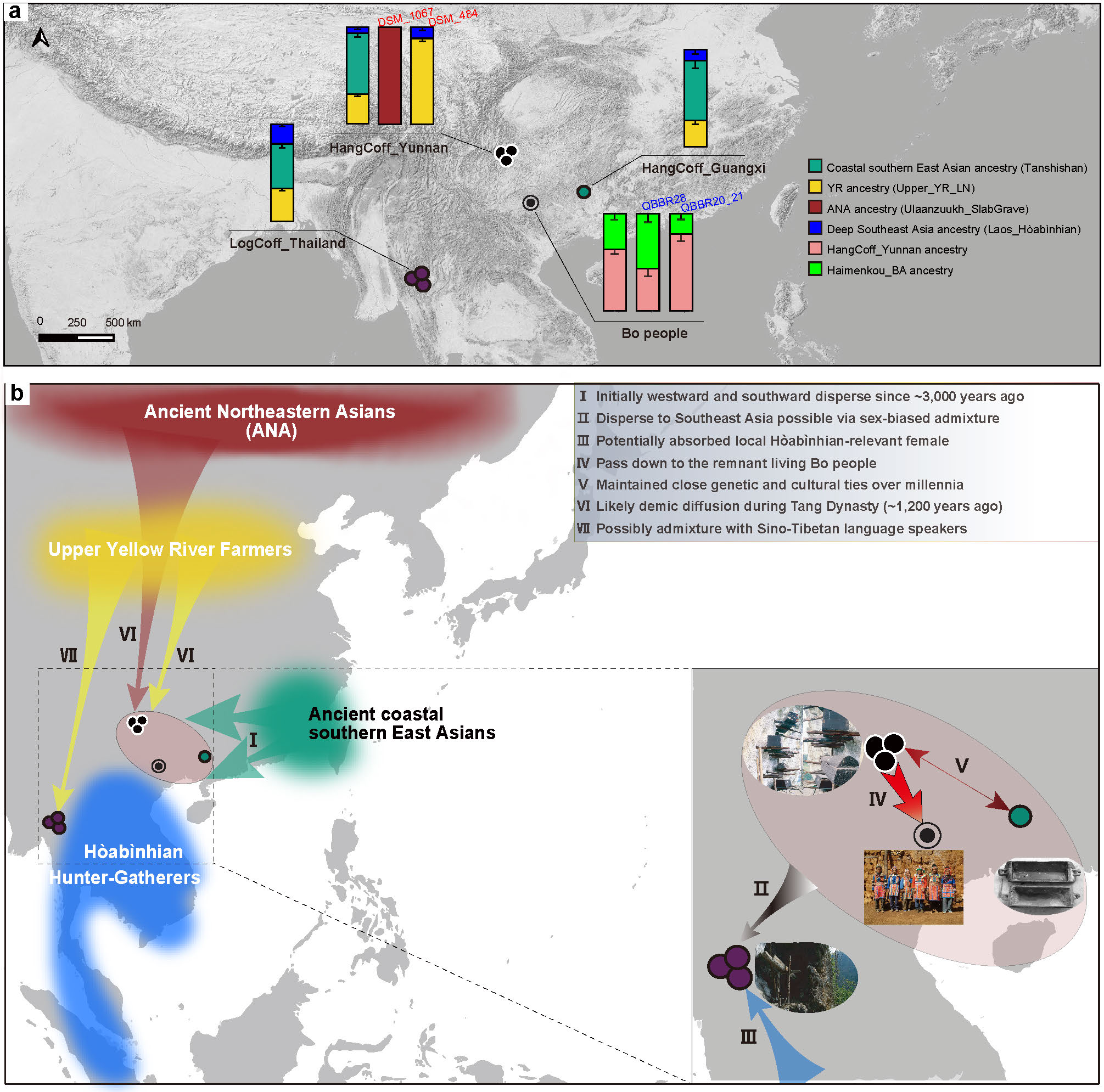
Two 1,200-year-old individuals at the Wa Shi site (Yunnan) show NE Asian and Yellow River ancestry.
They were buried in Hanging Coffins too.
Cultural inclusiveness, even back then?
A snapshot of Tang Dynasty mobility.
Modern Bo speak a Tibeto-Burman language.
But their DNA links to Neolithic southern East Asians — ancestors of Tai-Kadai and Austronesian speakers.
Language can change.
Genes often tell deeper stories.
The study’s impact?
📌 Traces a continuous genetic legacy over 3,000 years
📌 Reconstructs cultural migration corridors in East & SE Asia
📌 Offers a rare view into the dynamics of “vanished” civilisations still alive in genetic memory
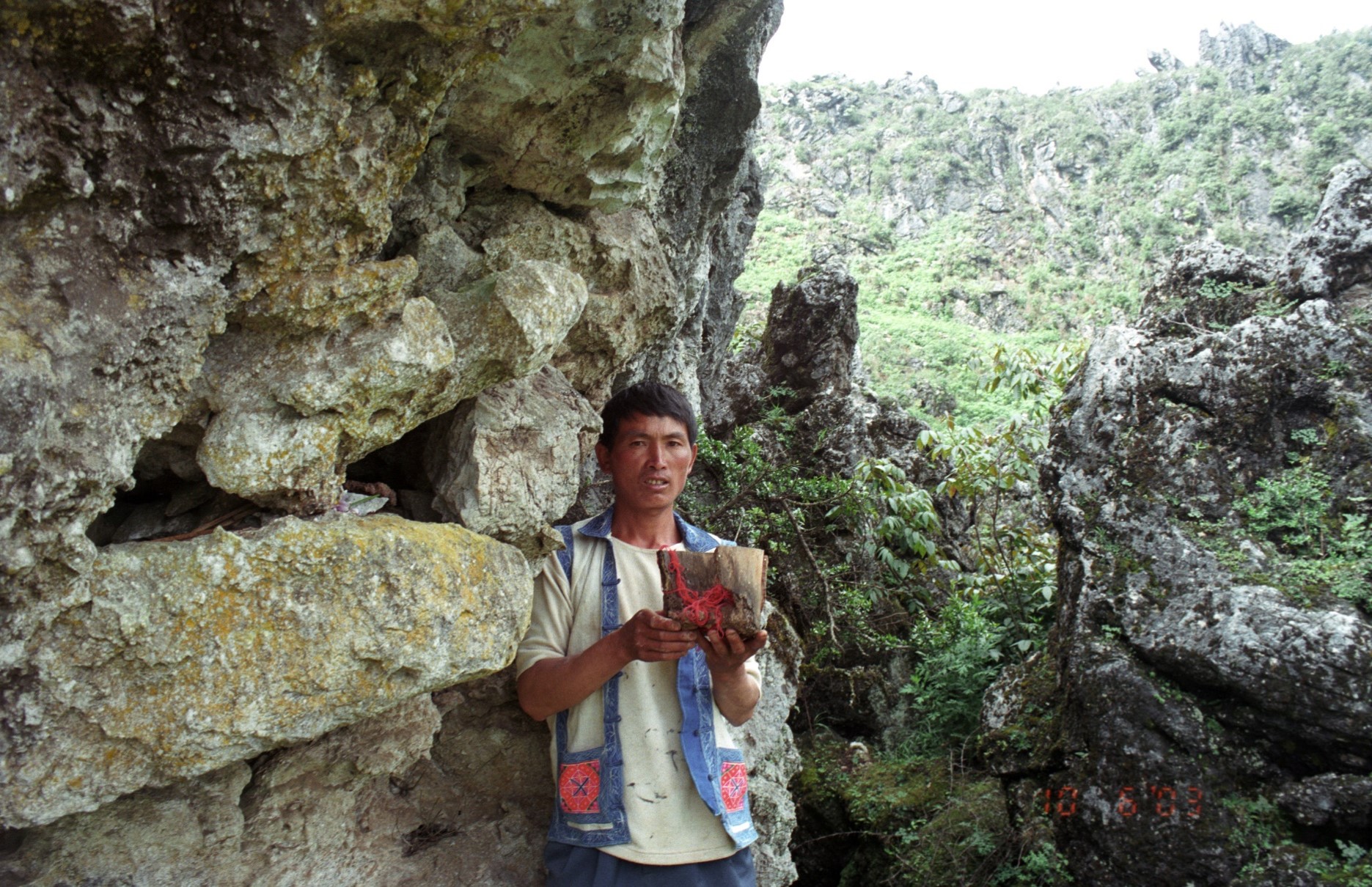
“Coffins on cliffs. Genes in genomes.
Science now lets us listen to the dead — and hear the living answer.”
— Lead author, Dr. Xiaoming Zhang (zhangxiaoming@mail.kiz.ac.cn), Kunming Institute of Zoology, Chinese Academy of Sciences.
Full paper: [https://www.nature.com/articles/s41467-025-65264-3](https://www.nature.com/articles/s41467-025-65264-3)
#AncientGenomes #HangingCoffin #China #BoPeople #NatureCommunications
Follow the Topic
-
Nature Communications

An open access, multidisciplinary journal dedicated to publishing high-quality research in all areas of the biological, health, physical, chemical and Earth sciences.
Related Collections
With Collections, you can get published faster and increase your visibility.
Women's Health
Publishing Model: Hybrid
Deadline: Ongoing
Advances in neurodegenerative diseases
Publishing Model: Hybrid
Deadline: Dec 24, 2025
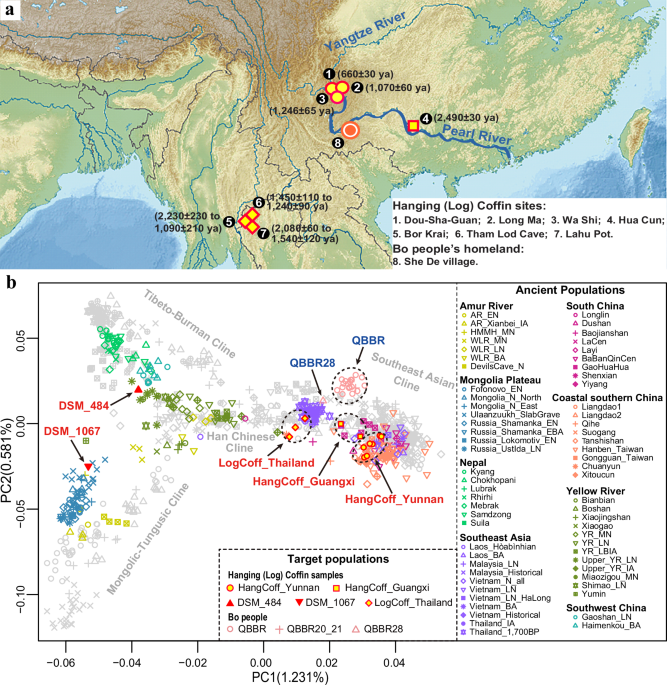



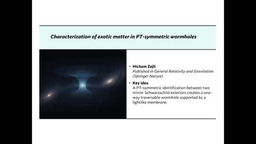
Please sign in or register for FREE
If you are a registered user on Research Communities by Springer Nature, please sign in